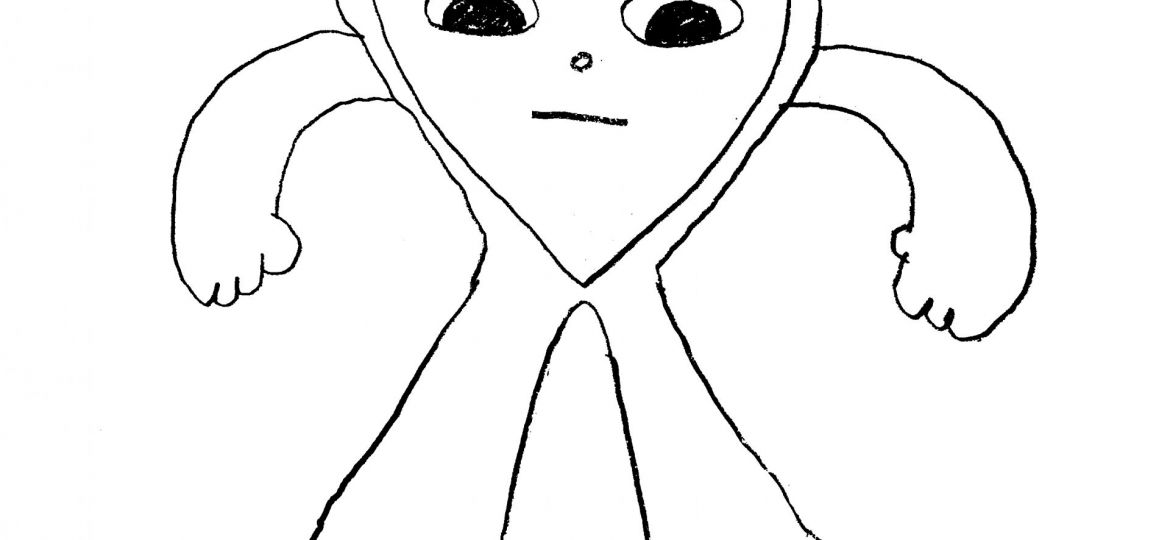
In 1993, Haddaway asked the world, “What is Love?” Now, I ask you the same. Close your eyes for a moment. Envision a day dedicated to celebrating all forms of love. What would that day look like?
I would argue that Valentine’s Day falls short of this ideal. From cards with pre-printed messages to spray-scented bouquets, Valentine’s Day has become a commercial operation hyperfocused on romance.
Marketing firms such as IBISWorld report that spending on Valentine’s Day has a record $20.1 billion across the world. American consumers alone spend an average of $152 on gifts for the holiday. For a celebration of love, there are a lot of price tags attached.
Stores change their displays completely whenever Valentine’s Day rolls around. Baskets filled with flowers fill their display cases even though it is the middle of winter. Sparkly hearts and boxes of cherry-filled chocolates cover every surface. Adding to the chaos, everything is simultaneously overpriced and on sale.
Where did this annual tradition of spray-scented bouquets and chocolates come from? The history of Valentine’s Day is uncertain at best. Many believe that it began in the third century with the decapitation of Valentine, a Catholic priest canonized into sainthood shortly after his death.
Valentine secretly married couples to spare the husbands from fighting in the Roman military and in response, the emperor not-so-secretly decided to chop off the priest’s head. Long story short, Valentine did not get a happy ending.
Valentine’s Day was born in all her shining glory when the Catholic Church placed the feast of St. Valentine next to a pagan festival celebrating fertility. From then on, the holiday grew into an international celebration.
I believe that Valentine’s Day is currently churning its wheels in the mud, trapped in a multimillion-dollar industry that convinces consumers that love requires commercial validation.
Valentine’s Day should be a holiday that celebrates all forms of love, not exclusively chick-flick romance or pagan fertility rituals. Returning to Haddaway’s question, “What is Love?” we see that love means something different to everyone.
For some, love is an overabundance of hormones. According to an article published by Harvard University, the nervous excitement – the good old-fashioned “butterflies in your stomach”– and feelings of attraction toward a special someone can be attributed to an increase in your brain’s dopamine, norepinephrine and serotonin levels.
For others, love is a mushy-gushy feeling that leaves everyone grinning. Love motivates us to work toward something beyond ourselves. Love also glues together families, friendships and relationships. Whether we narrow love into a science or take a step back to see the bigger picture, love is multifaceted and boundless.
How do we celebrate such a complicated word? Well, some buy flowers and treat their significant other to a candlelit dinner. Others wear a t-rex suit and hand out candy in Buntrock. How you celebrate is up to you.
I only ask that you tell the people you love that you love them. Leave them a voice message, send them a text, write them a letter or – if you happen to be so lucky – tell them in person. Take the time on Valentine’s Day to let love speak for itself. You will not regret it.
imdiek1@stolaf.edu
Amy Imdieke ’21 is from Northfield, Minn. Her majors are chemistry and English.

